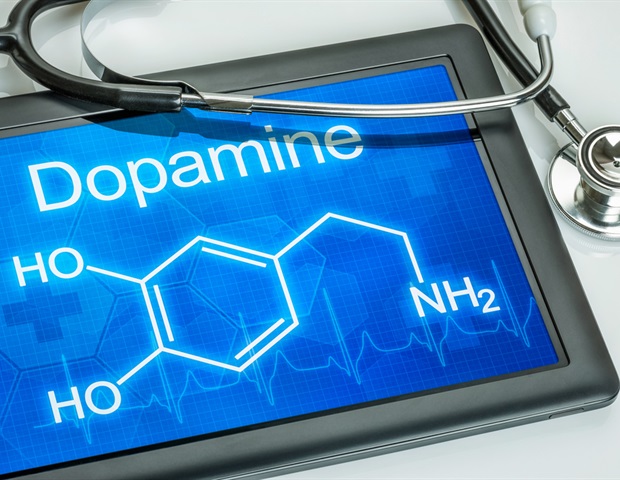A previously overlooked dopamine-producing brain circuit drives hedonic eating, or eating for pleasure, according to a new study in mice. The findings offer insights into how GLP-1 agonist drugs like semaglutide affect appetite suppression and why pleasing and delicious foods can override these drugs' effects. In a related Perspective, Dana Small argues that the findings indicate that the inter-individual differences in the adaptation of this circuit in response to GLP-1 drugs may account for differences in treatment efficacy in humans.
"Future work that aims to minimize such adaptation could offer a promising avenue for the development of adjunct therapies to broaden the group of individuals for whom GLP-1 agonist treatment is effective." Hedonic eating is the drive to consume for the pleasurable experience of eating and the enjoyable taste of food, rather than for physiological energy needs. Related desires can lead to overeating and play a major role in obesity.

Eating behaviors progress through three distinct phases – seeking, consummation, and satiety – each governed by complex neural circuits responsible for initiating, maintaining, and terminating feeding. The seeking phase is influenced by the body's homeostatic signals and learned environmental cues that predict food rewards. Satiety, on the other hand, is triggered by signals that suppress further consumption, a response mimicked by certain anti-obesity medications like GLP-1R agonists.
However, the mechanisms that sustain the consummatory phase during hedonic eating are poorly understood. Using cell-specific circuit mapping and photometry-calibrated optogenetics in the brains of mice, Zhenggang Zhu and colleagues identified a neural circuit between the peri-locus coeruleus and the ventral tegmental area (VTA) of the brain that controls palatable food intake. According to Zhu et al.
, VTA dopamine (VTA DA ) neurons play a central role in sustaining hedonic eating by promoting the continued consumption of palatable food. Artificially increasing VTA DA neuron activity during consumption enhanced both food intake and eating duration; suppressing their activity reduced consumption without affecting the initiation of eating. Related Stories Marathon running temporarily reduces brain myelin levels Research reveals how dendrites connect memories in the brain Study sheds light on brain activity during learning in mice Notably, Zhu et al.
show that semaglutide , a GLP-1 agonist drug that engages satiety pathways, temporarily suppressed VTA DA neuron activity and reduced food intake. However, after weight loss induced by semaglutide treatment, the tendency to overconsume palatable food returned. This effect was reversed by targeted inhibition of VTA DA neurons.
These findings suggest that VTA DA neurons dynamically regulate hedonic eating during food consumption, counteracting the appetite-suppressing effects of semaglutide. American Association for the Advancement of Science (AAAS) Zhu, Z., et al .
(2025). Hedonic eating is controlled by dopamine neurons that oppose GLP-1R satiety. Science .
doi.org/10.1126/science.
adt0773 ..
Health

Dopamine neurons play a central role in sustaining hedonic eating

A previously overlooked dopamine-producing brain circuit drives hedonic eating, or eating for pleasure, according to a new study in mice.















